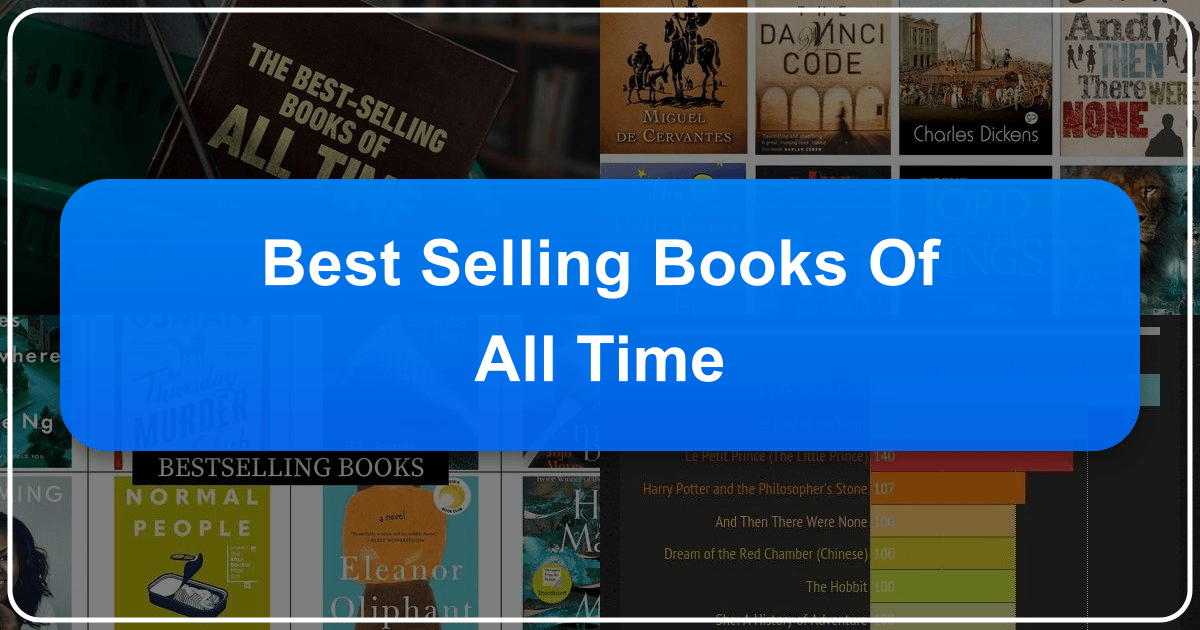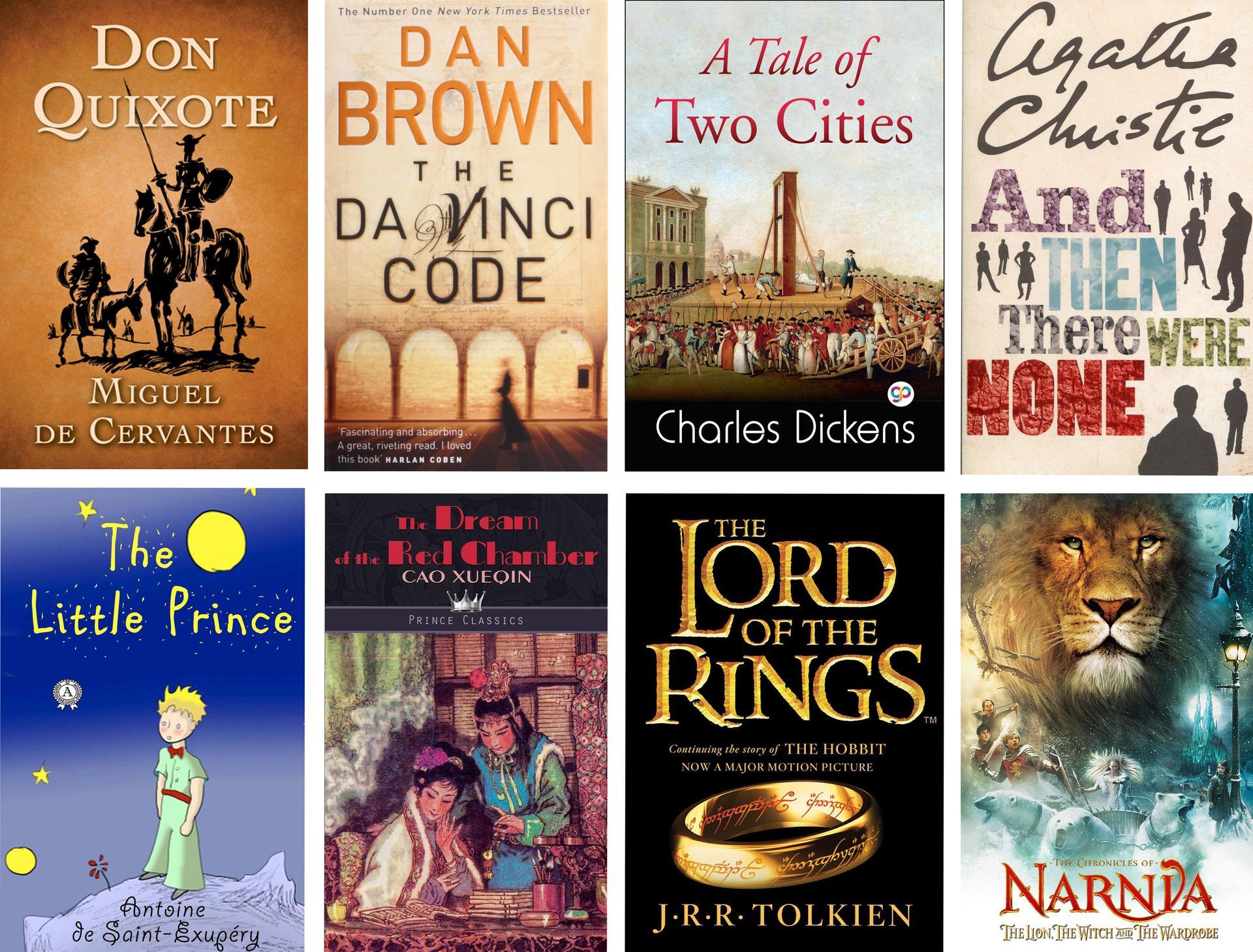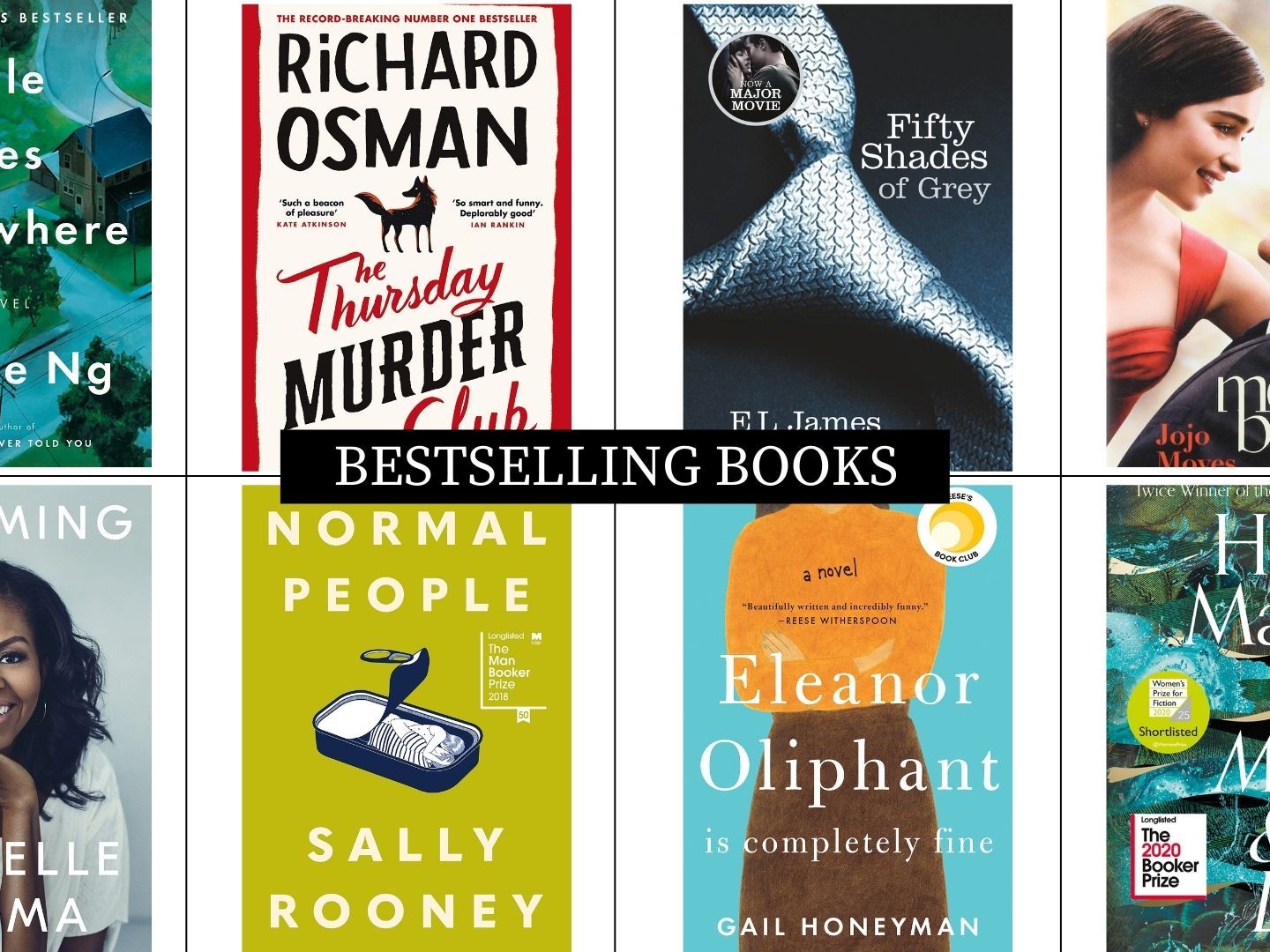Best-Selling Books of All Time: A Look at Literary Giants and Sales Figures

Creating a definitive list of the best-selling books of all time is an incredibly challenging task. The inherent difficulties stem from several factors, making the precise ranking of books, especially those published centuries ago, a near-impossible feat. These challenges include:
-
Varying Editions and Translations: Many classic novels have been published in numerous editions, abridged versions, expanded editions, and translated into countless languages. Tracking sales across these diverse formats is an insurmountable task.
-
Serializations and Compilations: Some books were originally published as serialized works in magazines or newspapers before being compiled into larger volumes. Reconstructing accurate sales data from this fragmented publication history is exceptionally difficult.
-
Bulk Purchases and Free Distribution: Many books, particularly religious texts and political manifestos, have been purchased in bulk for distribution, often free of charge. These transactions are nearly impossible to quantify within comprehensive sales statistics.
-
Inaccurate Record-Keeping: Historically, record-keeping practices were often inconsistent and unreliable, making it difficult to establish accurate sales figures for older books.
-
Publisher Exaggeration: Publishers often inflate their sales figures for promotional purposes, adding another layer of complexity to the process of identifying true sales numbers.
Given these numerous variables and uncertainties, creating an indisputable list of the best-selling books of all time is unattainable. Any attempt at such a list will inherently involve estimations, approximations, and educated guesses. This exploration will therefore present a curated selection of notable bestsellers, acknowledging the inherent limitations in determining precise rankings. For this list, we’ll focus primarily on literary fiction, excluding religious texts (such as the Bible and the Quran), self-help books, political works (like Mao Tse-tung’s Little Red Book), and other non-fiction categories.

Genre Classification and Sales Estimation
The following list represents a compilation of books frequently cited among the best-selling of all time. It is crucial to understand that the sales figures presented are estimates, based on a variety of sources and often represent a combination of sales across multiple editions and translations. These figures are subject to variation depending on the data source consulted.

Top Literary Fiction Bestsellers:
-
Don Quixote (Miguel de Cervantes): Estimated Sales: 500 million copies. Published in two parts (1605 and 1615), Don Quixote is a cornerstone of Western literature, a pioneering work of modern novelistic style, and a seminal work of the tragicomedy genre. Its enduring popularity stems from its timeless themes of idealism, reality, and the blurring lines between fantasy and reality. The iconic image of Don Quixote battling windmills has become a staple of popular culture.
-
A Tale of Two Cities (Charles Dickens): Estimated Sales: 200 million copies. Published in 1859, this historical novel set during the French Revolution continues to resonate with readers due to Dickens’ masterful portrayal of human nature, social injustice, and the enduring power of love and sacrifice. The novel’s opening lines, “It was the best of times, it was the worst of times…” have become instantly recognizable.
-
The Little Prince (Antoine de Saint-Exupéry): Estimated Sales: 140 million copies. This poignant novella, published in 1943, transcends age barriers, captivating readers with its charming narrative and profound philosophical insights. The Little Prince’s journey across various planets serves as a metaphor for the complexities of human relationships and the search for meaning in life. Its universality is evident in its translation into over 300 languages.

-
Harry Potter series (J.K. Rowling): Estimated Sales (combined): 500+ million copies. While individual book sales within the series vary, the combined sales of the seven Harry Potter novels make this a contender for one of the best-selling series of all time. The enduring appeal of this young adult fantasy series lies in its immersive magical world, relatable characters, and themes of friendship, courage, and the battle against evil.
-
And Then There Were None (Agatha Christie): Estimated Sales: 100 million copies. Published in 1939, this classic murder mystery masterfully manipulates suspense and misdirection, trapping ten strangers on a remote island where they are systematically eliminated based on a chilling nursery rhyme. Christie’s ability to maintain tension and reveal shocking twists remains a hallmark of the mystery genre.
-
The Dream of the Red Chamber (Cao Xueqin): Estimated Sales: 100 million copies. This sprawling 18th-century Chinese novel is a significant work of classical Chinese literature. Its complex plot revolves around the rise and fall of a noble family, interwoven with themes of love, societal structures, and the ephemeral nature of life.
-
The Hobbit (J.R.R. Tolkien): Estimated Sales: 100 million copies. Published in 1937, this children’s fantasy novel, which later became part of the larger Middle-earth legendarium, paved the way for the epic Lord of the Rings trilogy. Bilbo Baggins’ journey with dwarves and a wizard captivated readers with its adventures and imaginative world-building.
-
The Lion, the Witch, and the Wardrobe (C.S. Lewis): Estimated Sales: 85 million copies. This children’s fantasy novel, the first in the Chronicles of Narnia series, introduced readers to the magical land of Narnia, populated by mythical creatures and ruled by a powerful lion, Aslan. Lewis’s skillful blending of fantasy, adventure, and Christian allegory continues to resonate with readers young and old.
-
She: A History of Adventure (H. Rider Haggard): Estimated Sales: 83 million copies. This 1886 adventure novel, a foundational text in the fantasy genre, details the exploration of a lost kingdom in Africa, influencing numerous subsequent works of adventure and fantasy literature. The novel’s themes of colonialism, immortality, and female power continue to spark discussion.
-
The Da Vinci Code (Dan Brown): Estimated Sales: 80 million copies. This 2003 thriller, though criticized by some, became a phenomenal commercial success, blending historical fiction, religious mystery, and conspiracy theories. Its fast-paced plot and controversial subject matter captivated a large readership.
The Impact of Different Factors on Sales Figures
The sales figures presented above underscore the complexities of compiling a truly definitive list of best-selling books. Several factors significantly influence sales:
-
Cultural Context: The cultural impact of a book and its widespread adoption within a particular society play a significant role in sales.
-
Accessibility and Distribution: The availability of a book, its distribution networks, and the ease with which it can be accessed (both physically and digitally) are also critical factors.
-
Adaptations and Popular Culture: The adaptation of a book into film, television, or other media formats can drastically increase its popularity and sales.
The Ever-Evolving Landscape of Bestsellers
The world of publishing is dynamic. New bestsellers constantly emerge, and sales figures change over time. While compiling an exact list of the best-selling books of all time remains a complex endeavor, the titles and authors listed above represent a testament to the power of storytelling and the enduring influence of literature across cultures and generations. This exploration provides a snapshot in time, a glimpse into the literary works that have profoundly impacted the world through their widespread appeal. Future iterations of this list will undoubtedly include new contenders, highlighting the evolving nature of literary success and the ongoing debate about the criteria used to assess a book’s impact.